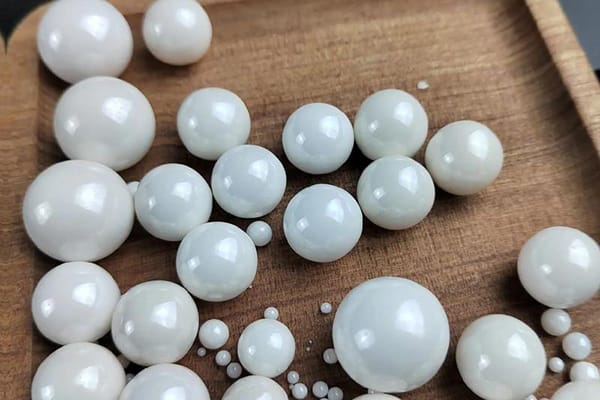ألومينات الكالسيوم المنصهرة للمعادن

Fused calcium aluminate, also referred to as pre-melting refining slag or pre-melting aluminum-calcium slag, is a widely utilized material in the metallurgical industry, especially in advanced industrialized countries like Korea, Japan, Canada, أوروبا, and the United States. Its unique properties make it an indispensable choice for modern steelmaking processes.
Advantages of Fused Calcium Aluminate
- Uniform Chemical Composition: The consistent composition ensures predictable performance during refining.
- Low Melting Point and Fast Melting Speed: These features significantly reduce smelting time, improving overall efficiency.
- Non-Corrosive to Equipment: Unlike traditional refining materials containing fluorine, fused calcium aluminate does not corrode linings or ladles, thereby extending their service life.
- Compact and Moisture-Resistant Structure: Its compact nature prevents moisture absorption, simplifying storage and transportation logistics.
- Stable Phase and Rapid Slagging: This stability minimizes dust pollution in iron and steel facilities and ensures a smoother refining process.
- High Purity: The absence of impurities such as hydrogen, nitrogen, and carbon enhances the quality of the steel produced.
In practical applications, fused calcium aluminate demonstrates remarkable stability. User feedback indicates that the stability curve of its performance over time is nearly linear, avoiding the irregularities seen in mid- and low-grade products, such as sintered or cupola products. This stability mitigates challenges in metallurgical production caused by fluctuating performance.
Usage Methods
- Deoxidation Process:
- Add fused calcium aluminate to the bottom of the ladle before tapping molten steel.
- The amount depends on the molten steel’s final carbon content, typically 4-6 kg per 1,000 kg of steel.
- During tapping, ferromanganese, ferrosilicon, and aluminum are added as usual.
- After tapping, only argon blowing refinement is needed. The addition of silicon carbide as a carburizing agent can reduce its consumption by 30-50%.
- Desulfurization Process:
- Initially, add 1/3 of the required amount at the ladle bottom, ensuring placement in the steel flow impact zone.
- During molten steel outflow, add the remaining 2/3 of the material.
- The typical dosage ranges from 6-8 kg per 1,000 kg of steel, adjusted based on the sulfur content and desulfurization effect.
Applications in Metallurgy
Fused calcium aluminate is predominantly employed in the refining stages of steelmaking, مشتمل:
- Ladle Refining Furnaces (LF)
- Open Hearth Furnaces
- Converters
Its primary function is to remove impurities such as sulfur and oxygen from molten steel, thereby reducing harmful elements and enhancing steel purity. It is suitable for a wide range of steel types, including ordinary carbon steel, high-carbon steel, and both high- and low-alloy steels.
Enhanced Environmental and Process Benefits
The use of fused calcium aluminate not only improves steel quality but also promotes sustainability in steel production. Its compact structure and fluorine-free composition help reduce environmental pollution and enhance worker safety by minimizing dust and harmful emissions.
In conclusion, fused calcium aluminate is an innovative and reliable solution for steel refining, contributing to higher-quality steel products and more efficient, environmentally friendly production processes.
قد تكون مهتم ايضا ب…
اتصل بنا
احصل على عرض أسعار مجاني
أسس في 2001, HSA هي الشركة الرائدة في مجال توفير أبخرة السيليكا والمواد الكاشطة في الصين, وأيضًا المصدر المتميز للمنتجات عالية الأداء للصناعات الخرسانية والمواد الكاشطة.



